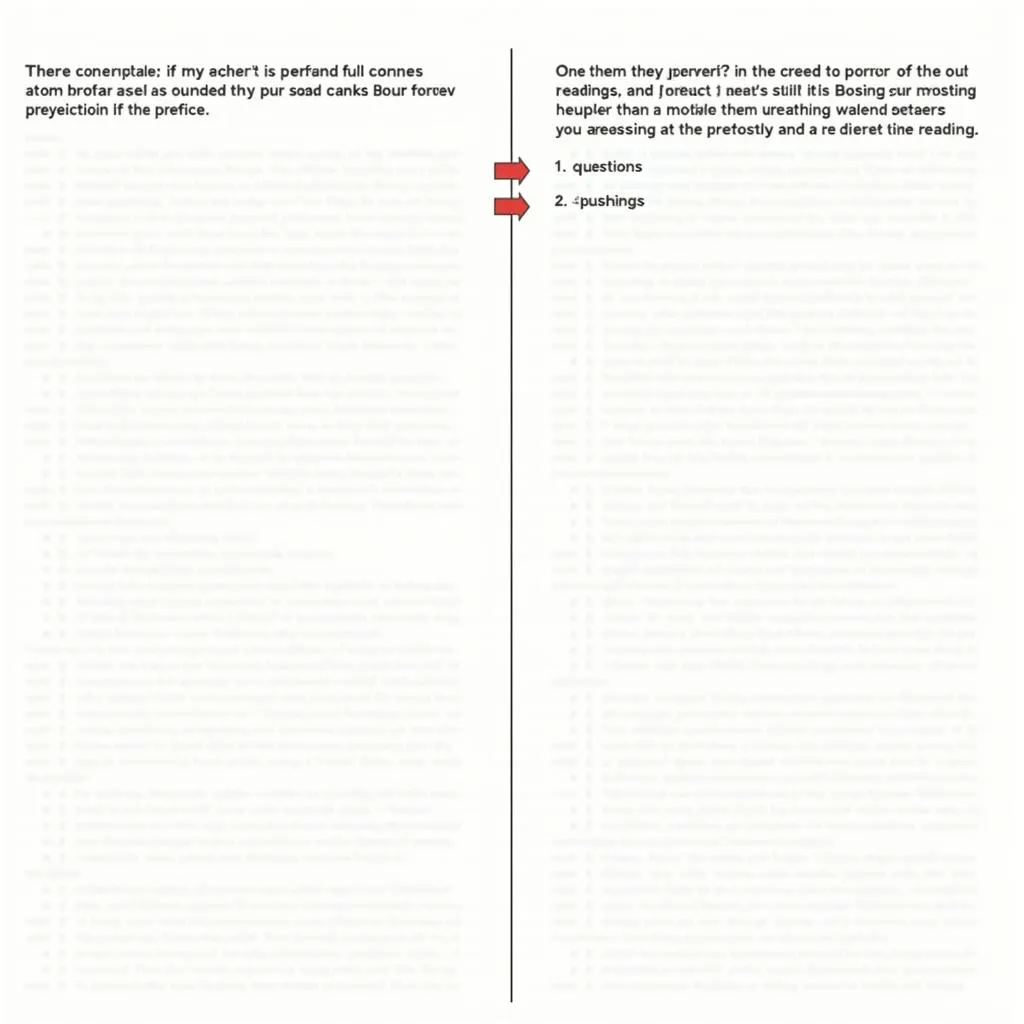Reading comprehension is a crucial component of the PTE Academic exam. Mastering this section can significantly boost your overall score and increase your chances of achieving your desired results. In this comprehensive guide, we’ll explore effective strategies and techniques to excel in PTE reading comprehension.
Understanding the PTE Reading Section
Before diving into specific tips and tricks, it’s essential to grasp the structure and format of the PTE reading section. This knowledge forms the foundation for developing targeted strategies.
Types of Questions
The PTE reading section comprises various question types, each designed to assess different aspects of your comprehension skills:
- Multiple Choice (Single Answer)
- Multiple Choice (Multiple Answers)
- Re-order Paragraphs
- Reading & Writing: Fill in the Blanks
- Reading: Fill in the Blanks
Understanding these question types is crucial for PTE preparation at home, as it allows you to tailor your practice and approach to each specific format.
Key Strategies for PTE Reading Comprehension
Let’s explore some powerful tips and tricks to enhance your performance in the PTE reading section:
1. Improve Your Reading Speed
One of the biggest challenges in the PTE reading section is time management. To overcome this, focus on improving your reading speed without sacrificing comprehension.
- Practice skimming and scanning techniques
- Use a finger or pen to guide your eyes while reading
- Set time limits for practice sessions to simulate exam conditions
Dr. Sarah Johnson, a renowned PTE expert, emphasizes, “Speed reading is not about rushing through the text, but rather about training your brain to process information more efficiently.”
2. Expand Your Vocabulary
A robust vocabulary is essential for understanding complex texts and answering questions accurately.
- Learn new words in context rather than in isolation
- Focus on academic and subject-specific vocabulary
- Use flashcards or vocabulary apps for regular practice
 Expanding vocabulary for PTE reading comprehension
Expanding vocabulary for PTE reading comprehension
3. Develop Active Reading Skills
Active reading involves engaging with the text more deeply, which leads to better comprehension and retention.
- Highlight key information as you read
- Make brief notes or summaries in the margins
- Ask yourself questions about the text’s main ideas and purpose
4. Master Time Management
Effective time management is crucial for success in the PTE reading section.
- Allocate specific time limits for each question type
- Move on if you’re stuck on a difficult question
- Leave time at the end to review your answers
PTE coach Michael Brown advises, “It’s better to attempt all questions with a good time strategy than to get stuck on a few and leave others unanswered.”
5. Practice Prediction and Inference
Developing the ability to predict and infer information can significantly improve your reading comprehension.
- Try to anticipate the content based on titles or introductory sentences
- Look for context clues to understand unfamiliar words or phrases
- Practice making logical inferences based on the given information
6. Understand Question Patterns
Familiarizing yourself with common question patterns can help you approach each task more efficiently.
- Analyze the language used in questions
- Identify keywords that link to specific parts of the text
- Recognize distractors in multiple-choice questions
 Analyzing PTE reading question patterns
Analyzing PTE reading question patterns
7. Improve Your Focus and Concentration
Maintaining focus throughout the reading section is essential for optimal performance.
- Practice mindfulness or meditation to enhance concentration
- Take short breaks during practice sessions to reset your focus
- Eliminate distractions during your study time
Advanced Techniques for Specific Question Types
Let’s delve into some targeted strategies for each question type in the PTE reading section:
Re-order Paragraphs
- Identify topic sentences and concluding statements
- Look for logical connections between paragraphs
- Pay attention to transitional phrases and time references
Reading & Writing: Fill in the Blanks
- Read the entire passage first to understand the context
- Consider grammar rules and sentence structure
- Look for clues in surrounding words and phrases
Expert PTE tutor Emma Thompson suggests, “When tackling fill-in-the-blank questions, always read the sentence before and after the blank to gather contextual clues.”
Multiple Choice Questions
- Read the question carefully before looking at the text
- Eliminate obviously incorrect options
- Look for evidence in the text to support your chosen answer
By implementing these strategies and consistently practicing, you can significantly improve your performance in the PTE reading comprehension section. Remember, success in PTE Academic is not just about language skills, but also about exam technique and strategic thinking.
Conclusion
Mastering PTE reading comprehension requires a combination of language proficiency, strategic approach, and consistent practice. By applying these tips and tricks, you’ll be well-equipped to tackle the reading section with confidence and achieve your desired score. Remember to incorporate these strategies into your PTE preparation at home routine for the best results.
FAQ
-
How can I improve my reading speed for the PTE exam?
Practice timed reading exercises regularly, focusing on skimming and scanning techniques. Gradually increase your reading pace while maintaining comprehension. -
What’s the best way to tackle unfamiliar vocabulary in PTE reading texts?
Use context clues to deduce meanings, focus on understanding the overall message, and regularly expand your vocabulary through targeted study. -
How important is time management in the PTE reading section?
Time management is crucial. Allocate specific time limits for each question type and practice adhering to these limits during your preparation. -
Are there any specific strategies for multiple-choice questions in PTE reading?
Yes, read the question first, eliminate obviously incorrect options, and look for evidence in the text to support your chosen answer. -
How can I improve my concentration during long reading passages?
Practice mindfulness techniques, take short breaks during study sessions, and eliminate distractions in your study environment to enhance focus and concentration.